Japan’s vibrant cities often steal the spotlight, but its small towns hold a charm that’s truly captivating. These hidden gems offer a peaceful escape from the hustle and bustle, showcasing the country’s rich history, stunning landscapes, and unique culture. Whether nestled in the mountains or by tranquil rivers, these towns provide a glimpse into a slower, more traditional way of life.
Takayama, Gifu
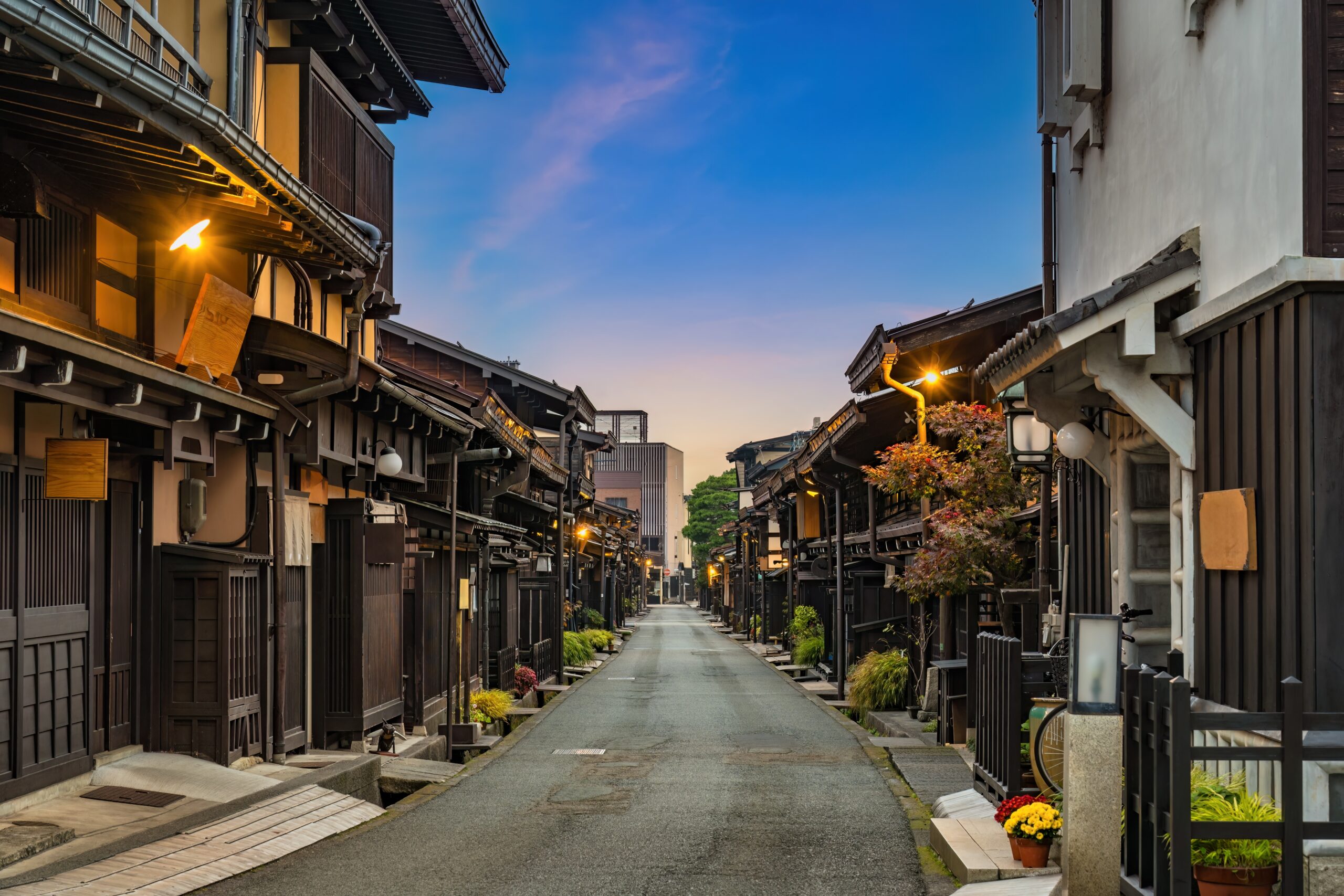
Takayama, nestled in the Japanese Alps, is a town that feels like a step back in time. The old town’s narrow streets are lined with well-preserved Edo-period buildings. Each house tells a story of the town’s rich history. The morning markets along the river are vibrant and full of local produce. Takayama’s annual festivals, with their ornate floats, are among the most famous in Japan.
Kurashiki, Okayama
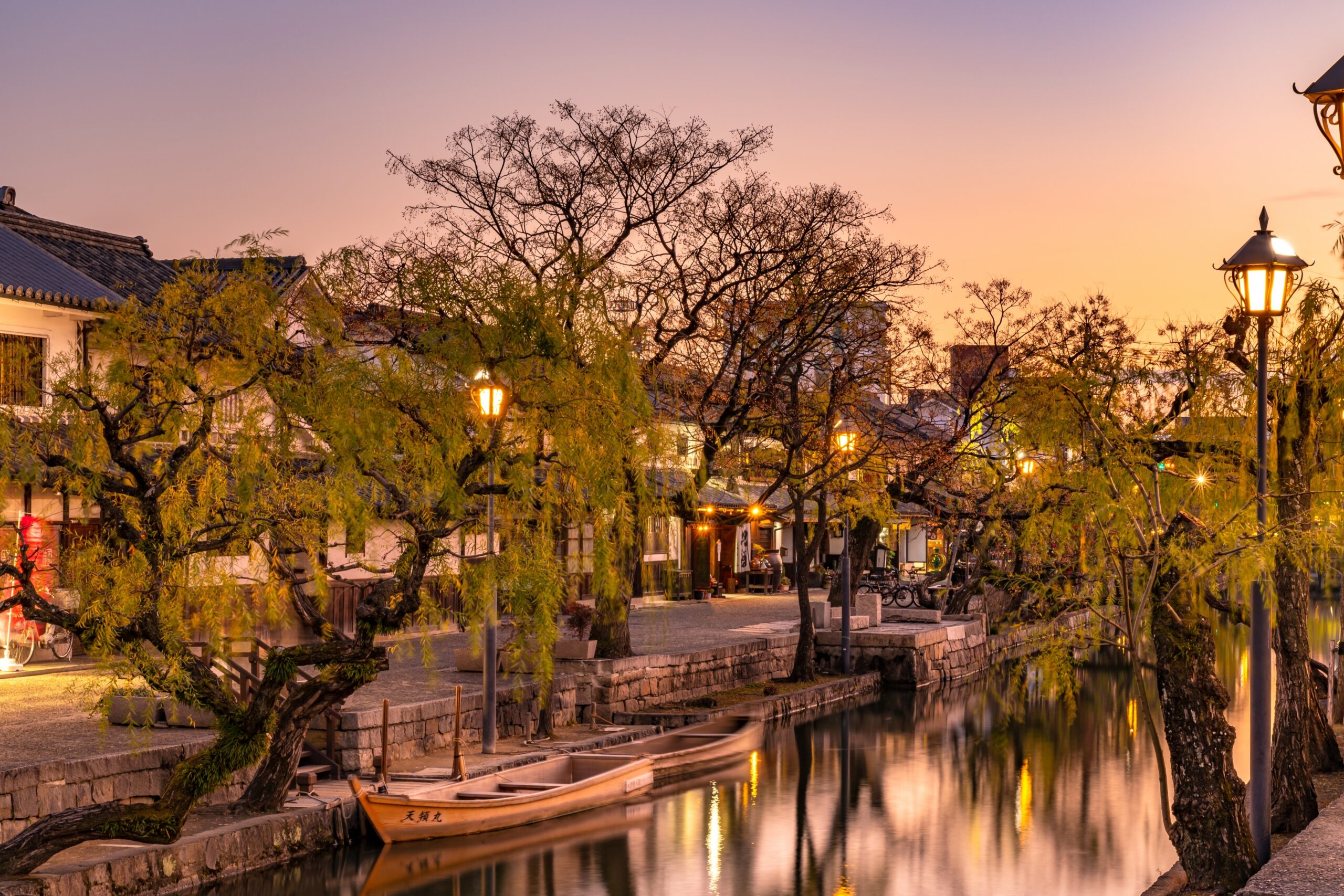
Kurashiki is known for its picturesque canal area, lined with white-walled, traditional buildings. The willow trees gently sway over the water, creating a serene atmosphere. Kurashiki’s Bikan Historical Quarter is a living museum of Japan’s merchant past. The town is also home to one of Japan’s oldest Western art museums, adding a touch of cultural sophistication.
Magome, Gifu
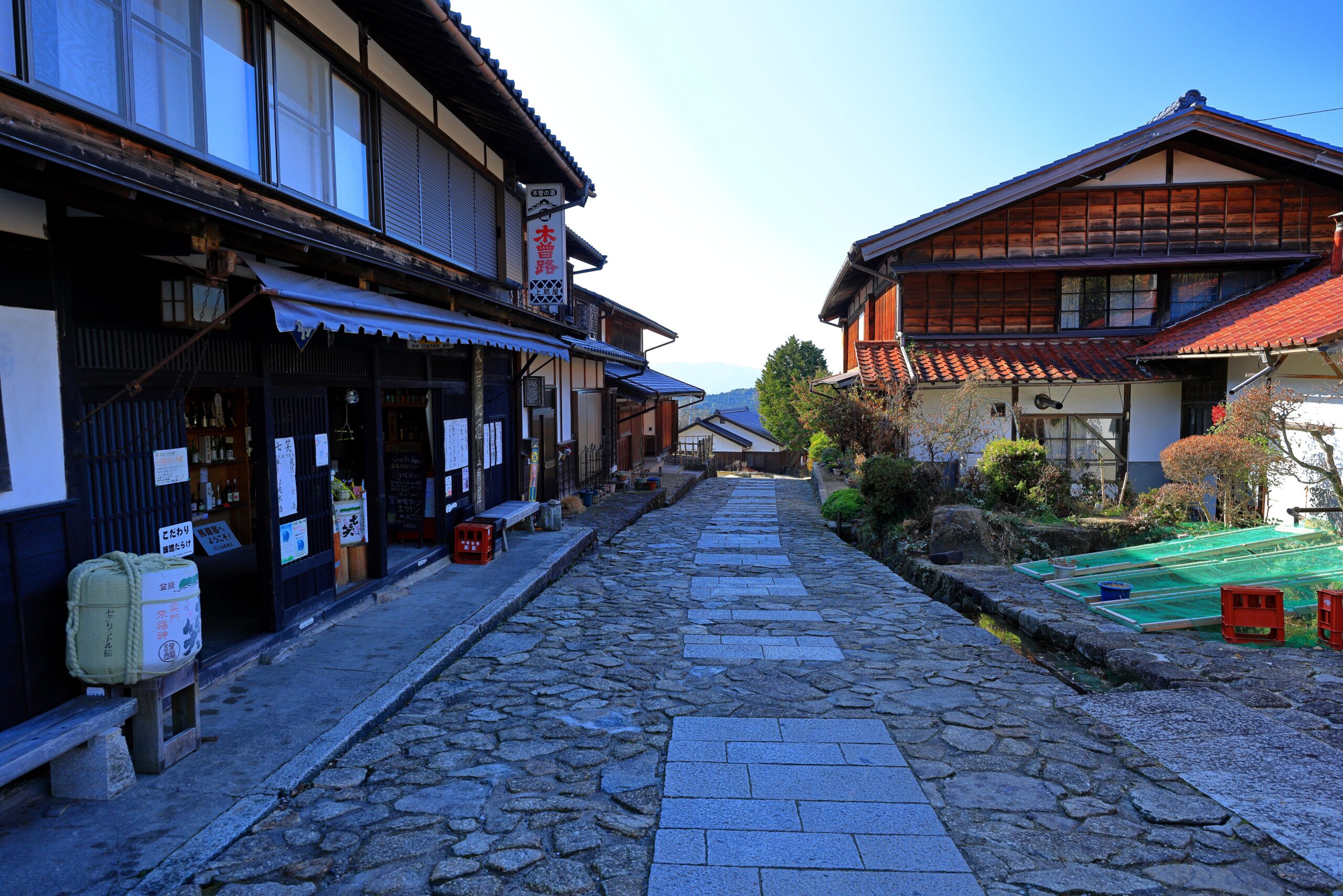
Magome is a beautifully preserved post town on the Nakasendo Trail. The cobblestone streets wind through the town, offering stunning views of the surrounding mountains. Traditional wooden inns and shops line the route, each with its unique charm. The peaceful atmosphere makes it a perfect spot for a leisurely stroll. Magome’s history as a key stop on the old road from Kyoto to Tokyo is still felt today.
Gujo Hachiman, Gifu
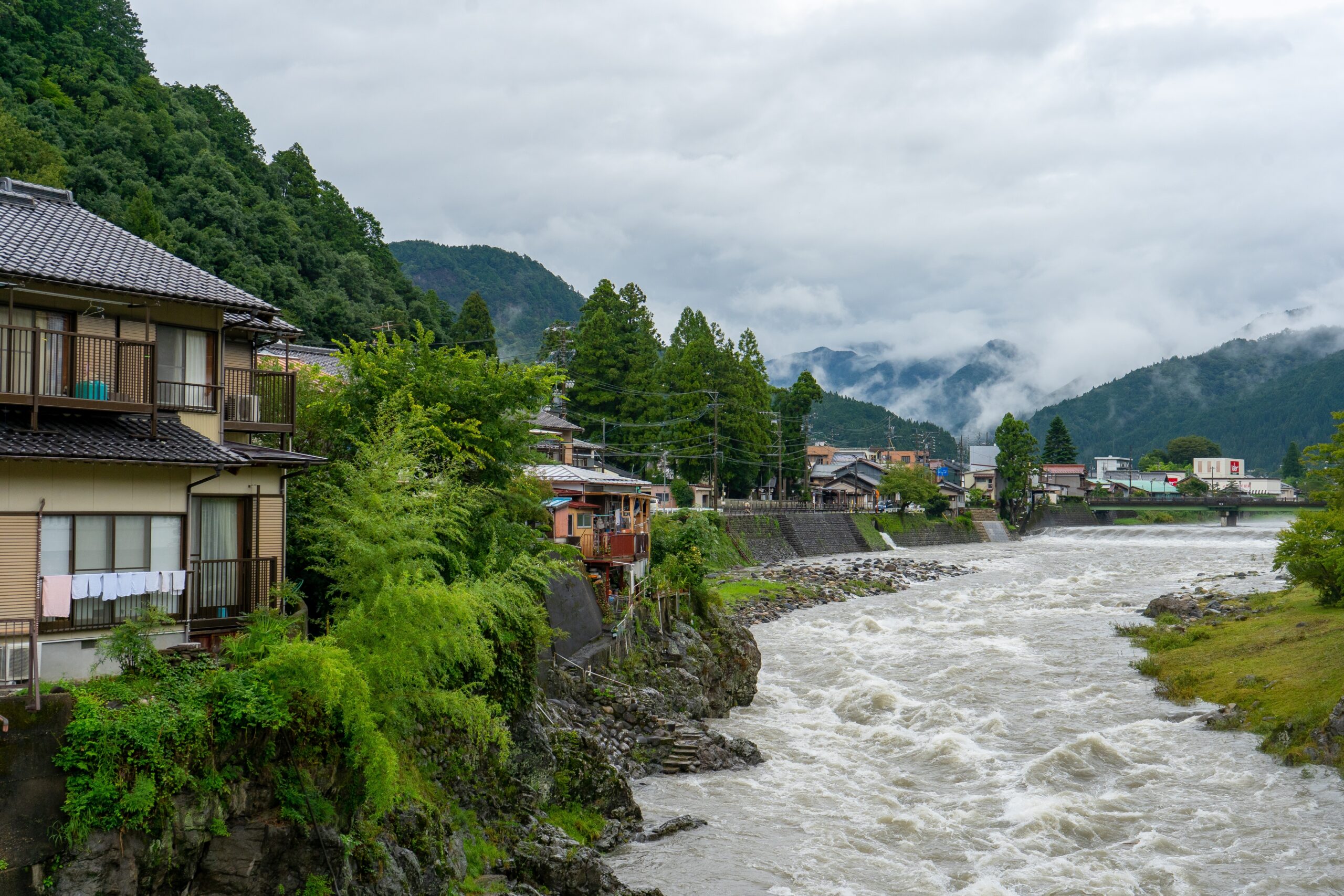
Gujo Hachiman is often called the “water city” of Japan, thanks to its pristine waterways. The town is famous for its traditional dance festival, Gujo Odori, which lasts 32 nights in summer. The streets are lined with historic buildings, many of which house shops selling the town’s famous food replicas. The castle, perched on a hill, offers stunning views of the town below.
Matsue, Shimane
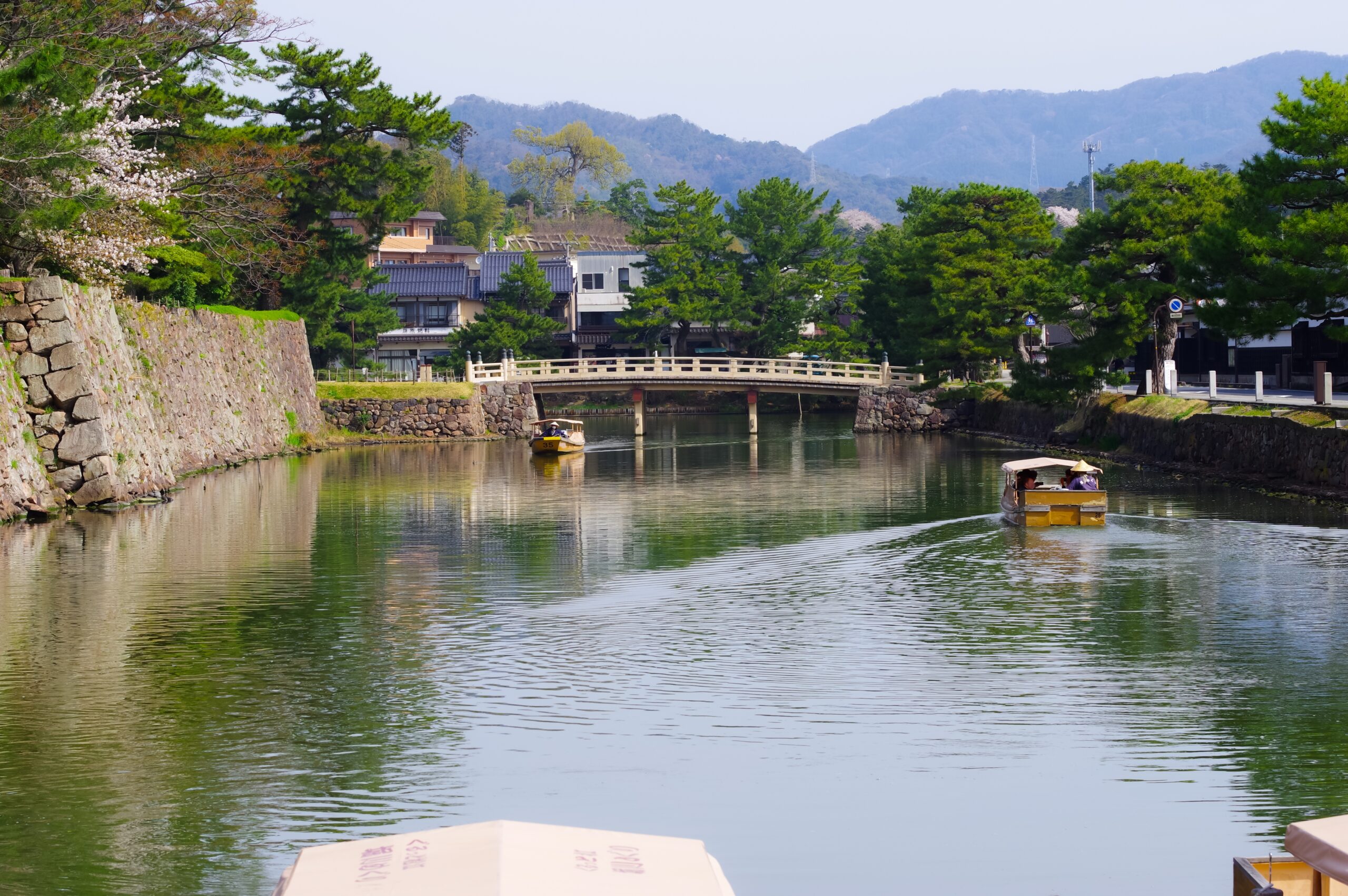
Matsue, known as the “City of Water,” is surrounded by lakes and rivers. The town’s crown jewel is Matsue Castle, one of Japan’s few remaining original castles. The castle’s black wooden structure is both imposing and elegant. Matsue’s samurai district, with its old residences, offers a glimpse into the town’s feudal past. The nearby Lake Shinji is famous for its stunning sunsets.
Shirakawa-go, Gifu
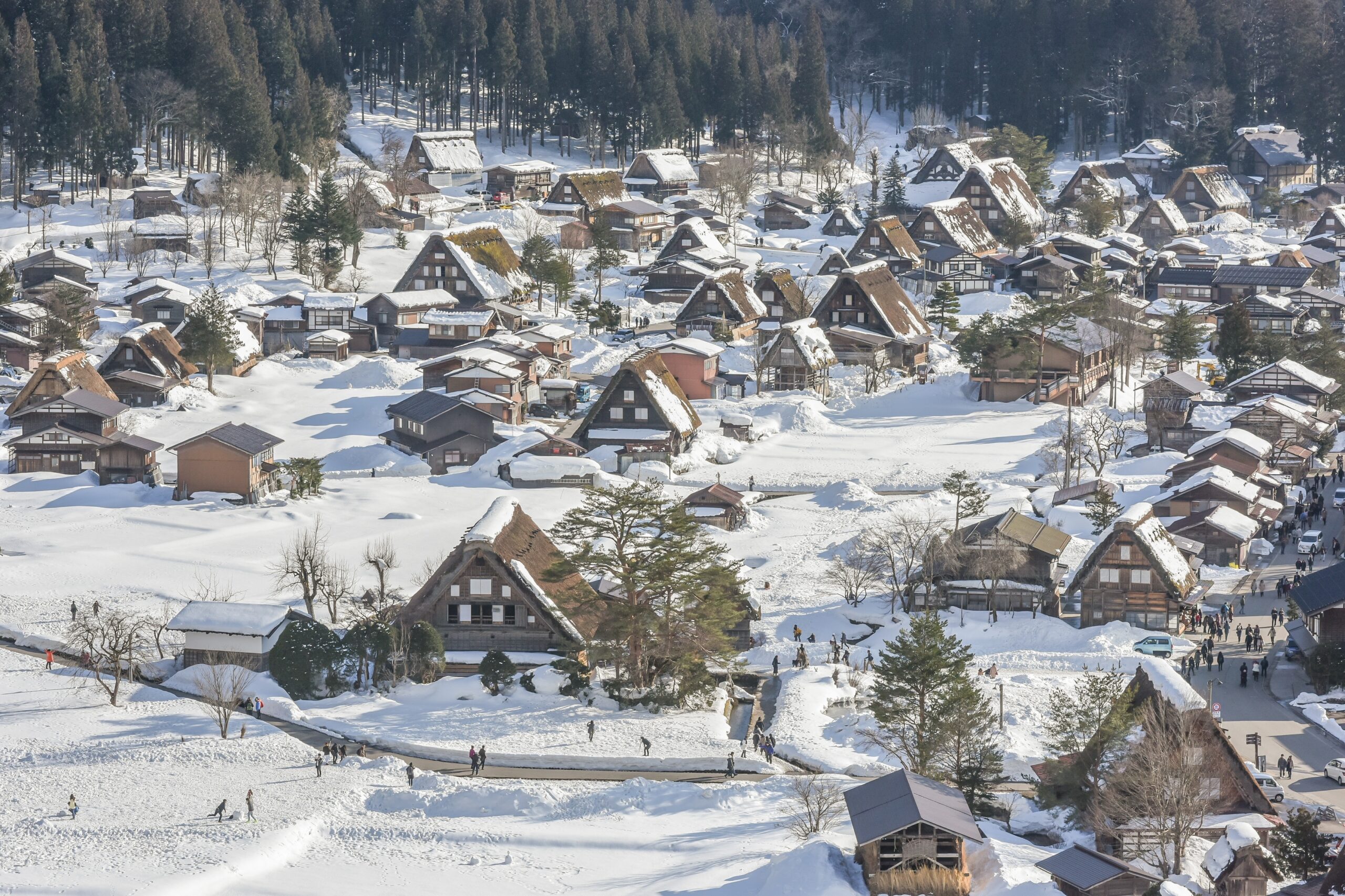
Shirakawa-go is a UNESCO World Heritage site known for its unique gassho-zukuri farmhouses. These thatched-roof houses are built to withstand heavy snowfalls. The village, nestled in a mountain valley, looks like a fairy tale in winter. Each house is a testament to the ingenuity of its builders. The open-air museum offers insights into the traditional way of life.
Yufuin, Oita
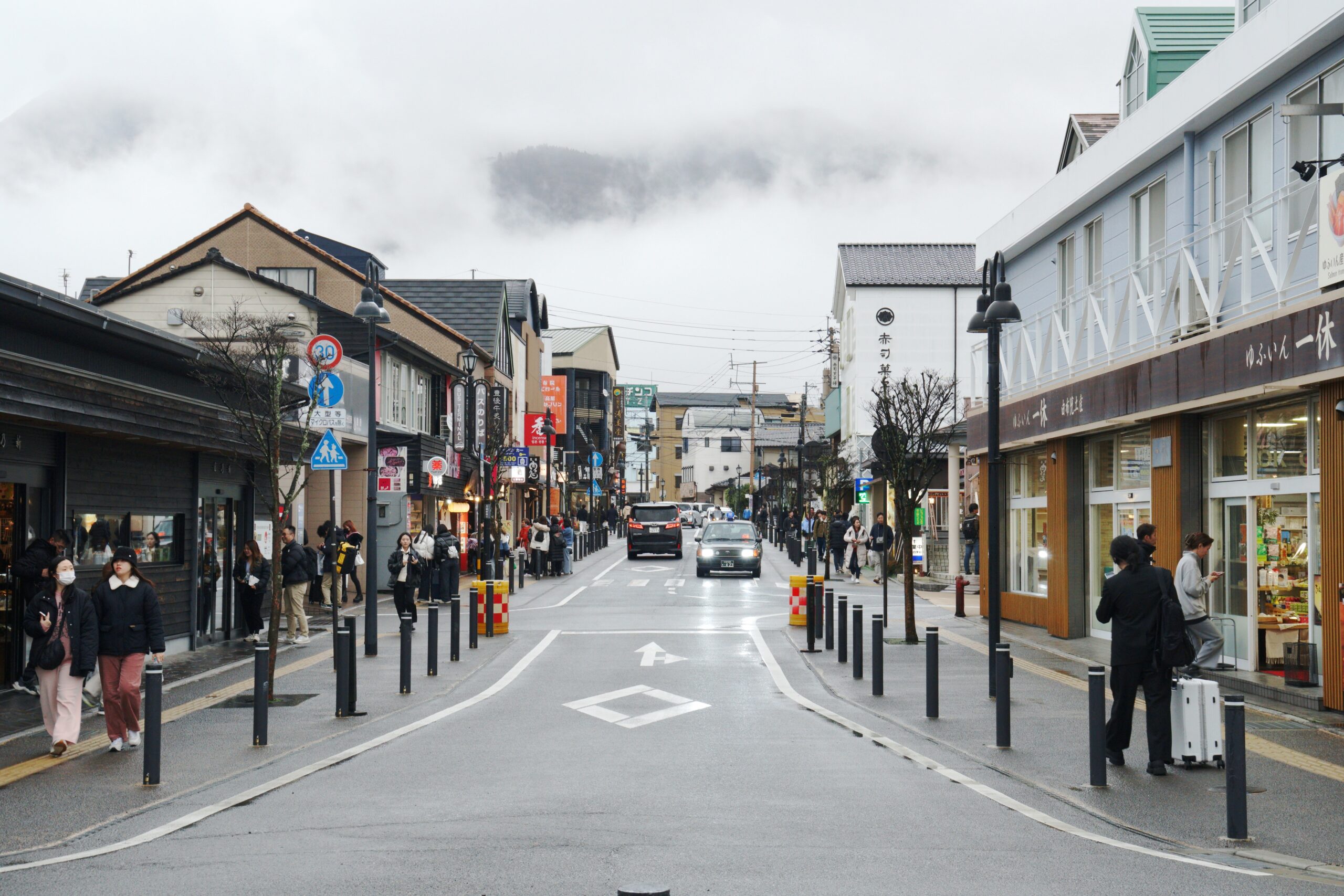
Yufuin is a quaint town famous for its hot springs and scenic views of Mount Yufu. The town’s main street is lined with charming shops and cafes. Yufuin’s art museums and galleries add a touch of culture to the relaxing atmosphere. The nearby Lake Kinrin is known for its morning mist, creating a mystical ambiance. Yufuin is the perfect blend of nature, art, and relaxation.
Narai-juku, Nagano
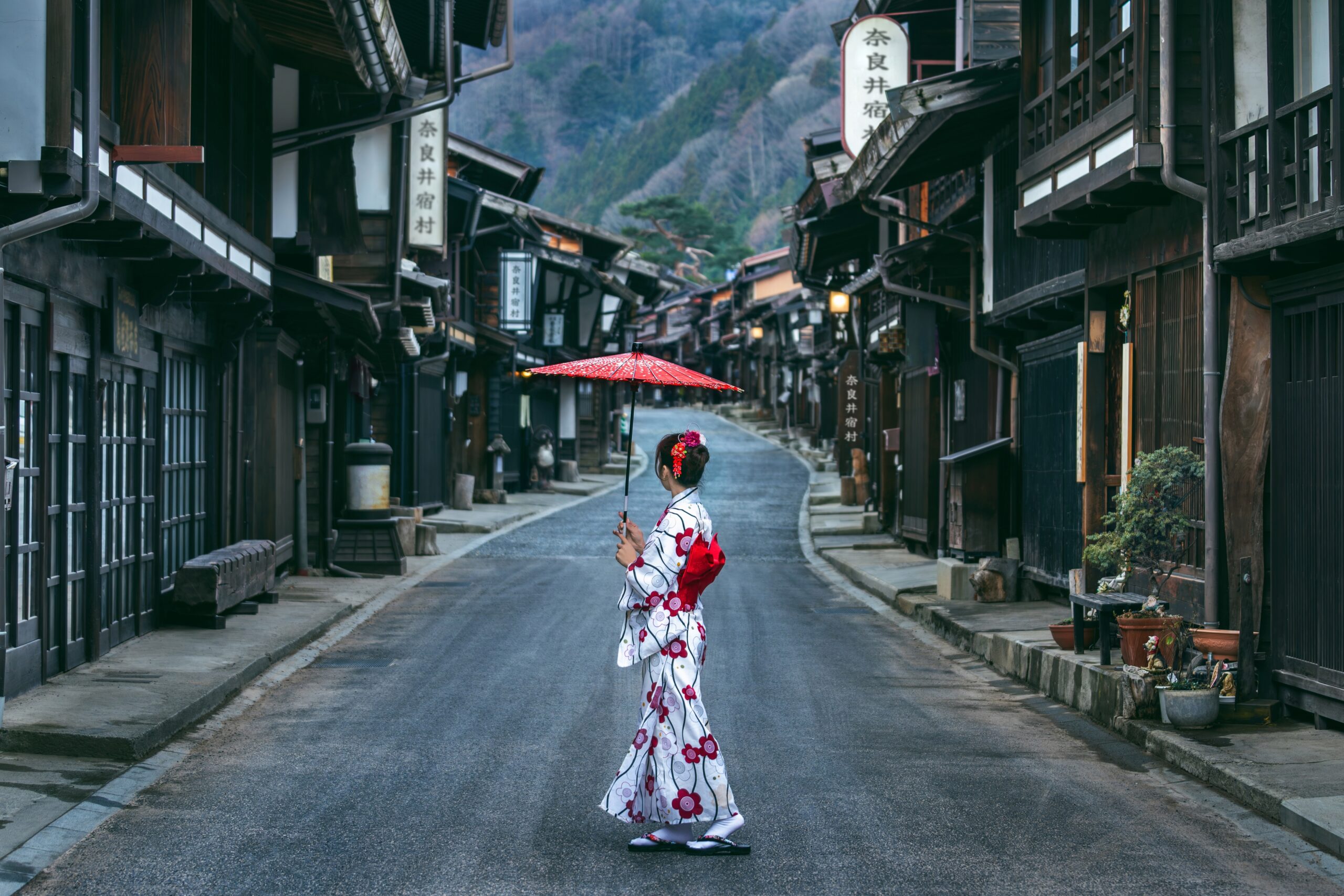
Narai-juku is one of the best-preserved post towns on the Nakasendo Trail. The town’s main street is lined with wooden buildings that have remained unchanged for centuries. Each structure reflects the town’s history as a bustling stop for travelers. The peaceful atmosphere makes it feel like time has stood still. Narai-juku’s traditional inns offer a unique experience of old Japan.
Ouchi-juku, Fukushima
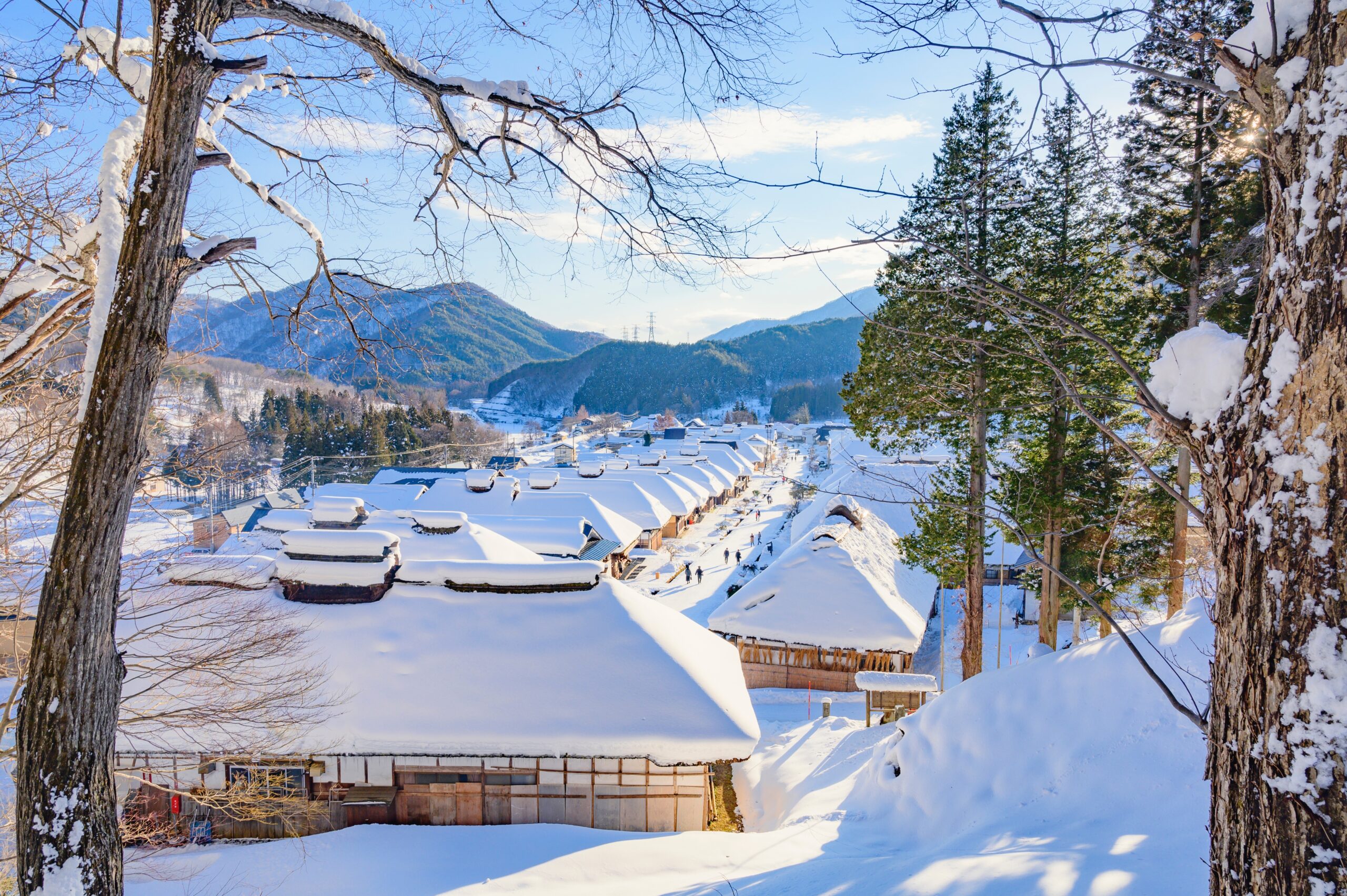
Ouchi-juku is a former post town on the Aizu-Nishi Kaido trade route. The town is famous for its thatched-roof houses, which line the main street. Each house has been carefully preserved to retain its historical appearance. The town’s remote location adds to its charm, making it feel like a hidden gem. Ouchi-juku’s annual snow festival turns the town into a winter wonderland.
Tsumago, Nagano
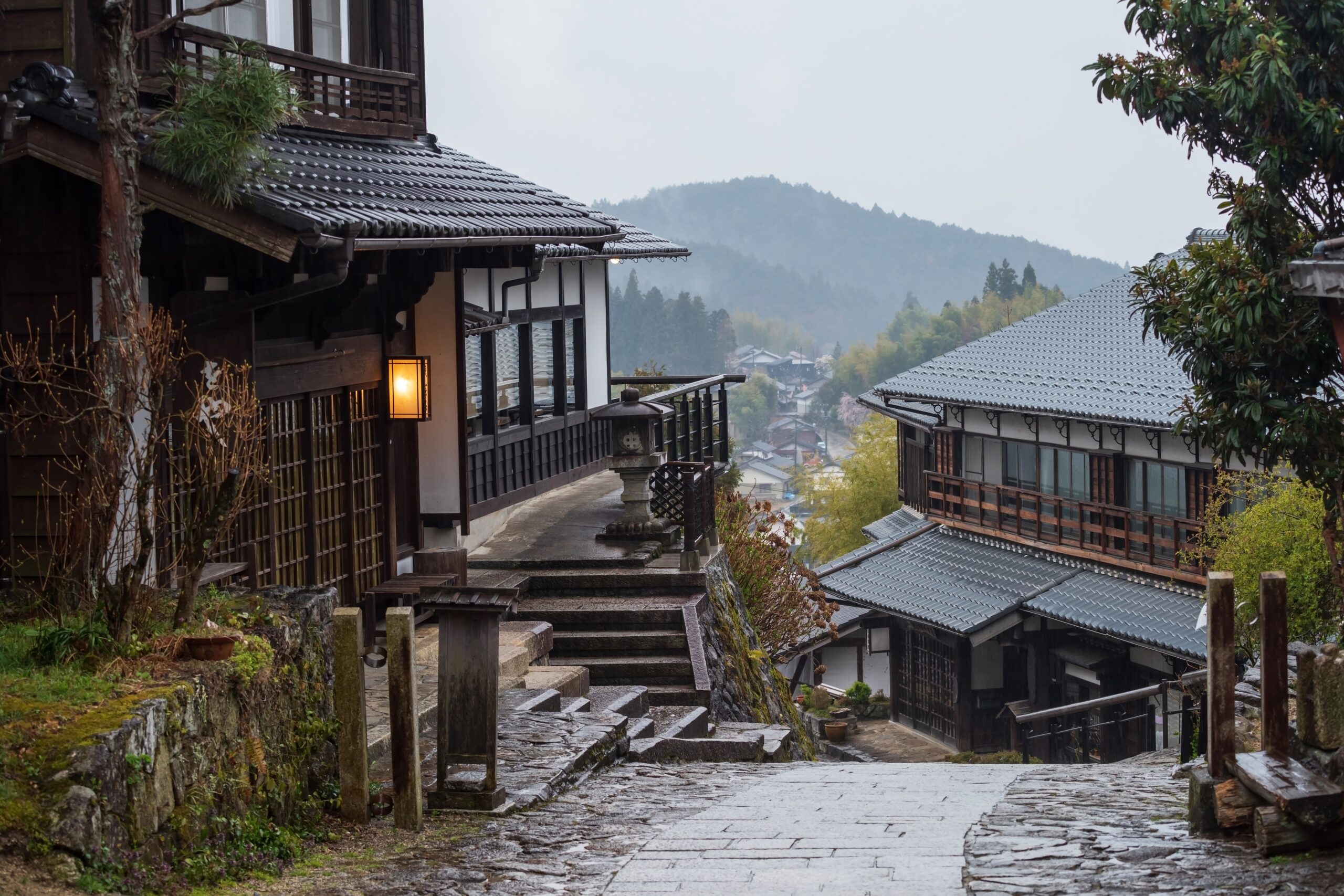
Tsumago, a beautifully preserved post town, takes you back to Japan’s Edo period. The cobblestone streets are lined with traditional wooden houses, each telling a story of its own. Every building reflects the town’s historical significance as a stop on the Nakasendo Trail. The absence of modern utilities like power lines enhances the town’s authentic atmosphere. Tsumago’s peaceful surroundings and historic charm make it a must-visit for history enthusiasts.
Kanazawa, Ishikawa

Kanazawa, known for its rich cultural heritage, offers a blend of traditional and modern Japan. The town’s well-preserved samurai and geisha districts transport you to a bygone era. Kenrokuen Garden, one of Japan’s most beautiful gardens, is a serene escape in the heart of the town. Each season brings a different beauty to the garden, making it a year-round attraction. Kanazawa’s art museums and contemporary architecture add a modern twist to this historic town.
Aso, Kumamoto

Aso, located in the heart of Kyushu, is famous for its dramatic landscapes. The town sits in one of the world’s largest volcanic calderas, offering stunning views of Mount Aso. Each corner of the town provides a glimpse of its volcanic origins, from steaming hot springs to lush meadows. The Aso Shrine, with its impressive gate, is a spiritual center with deep historical roots. Aso’s unique natural beauty makes it a perfect destination for nature lovers.
Tsuwano, Shimane
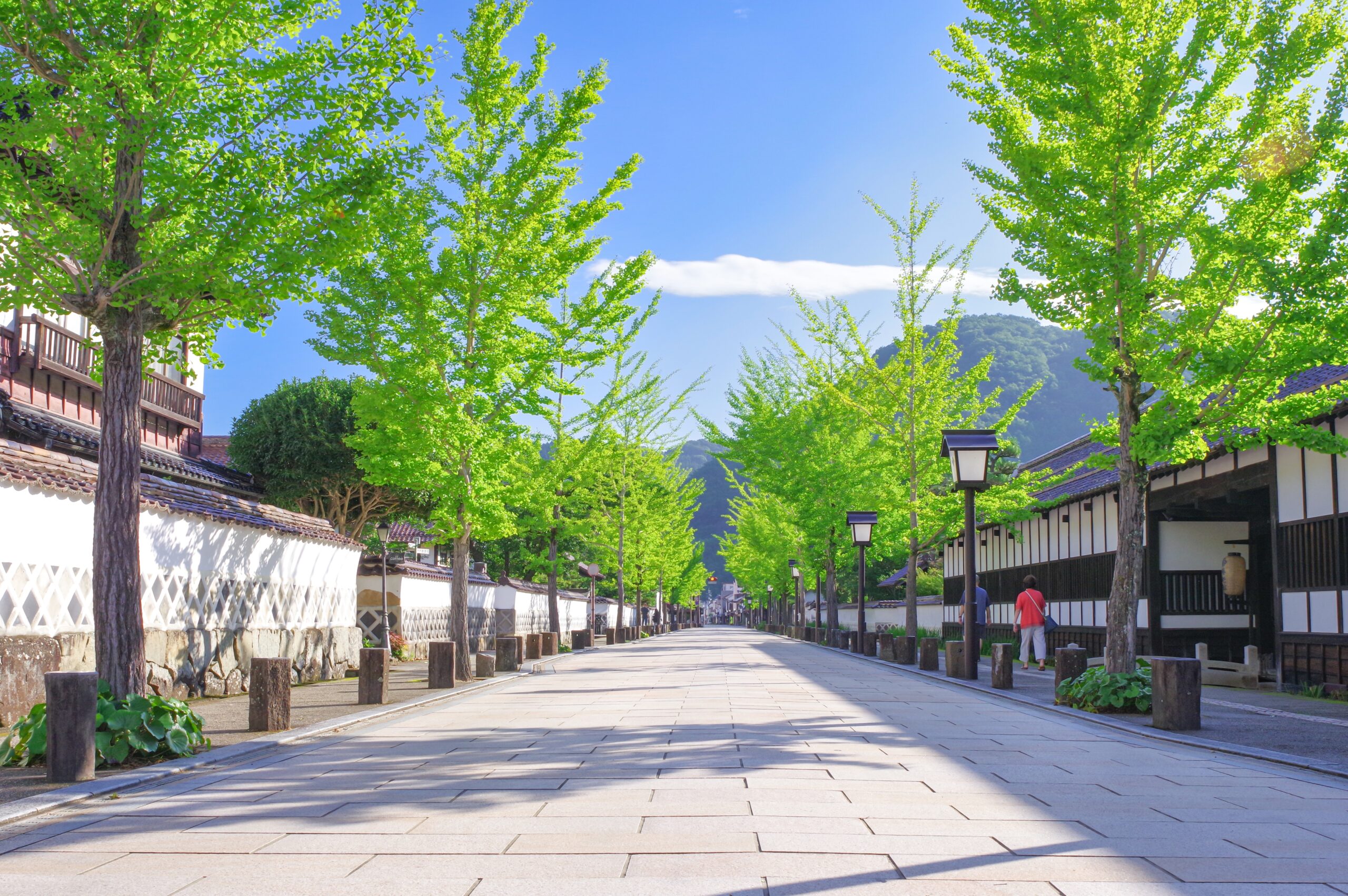
Tsuwano, often called “Little Kyoto,” is a town steeped in history and tradition. The town’s main street is lined with white-walled samurai houses, each meticulously preserved. A picturesque canal runs through the town, filled with colorful carp. Tsuwano’s historic church and the nearby Taikodani Inari Shrine add a spiritual dimension to the town’s charm. The town’s peaceful atmosphere makes it an ideal spot for a tranquil retreat.
Onomichi, Hiroshima
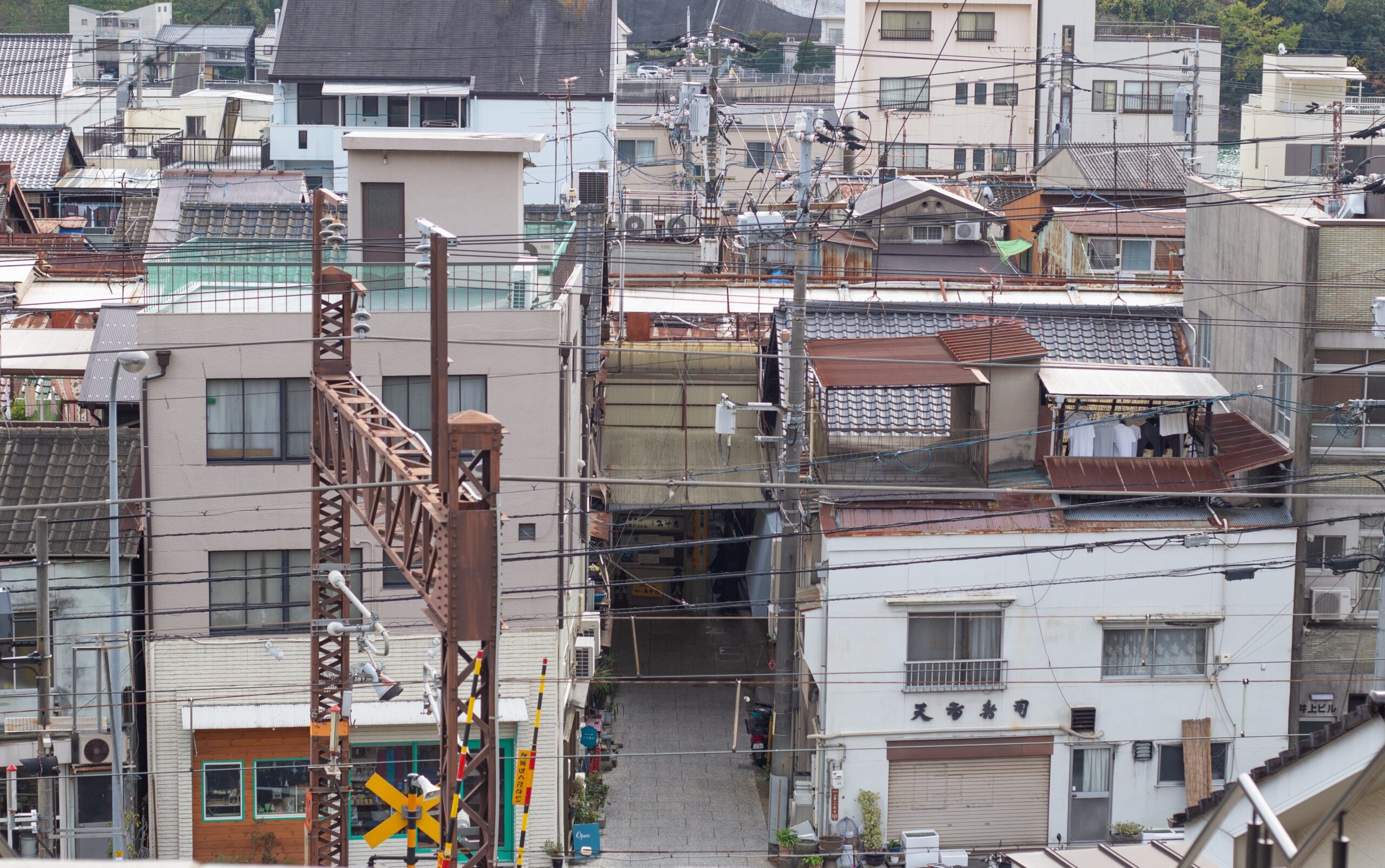
Onomichi is a hillside town known for its scenic views and artistic vibe. The town’s narrow, winding streets are filled with small temples and vintage shops. Each turn offers a new discovery, from hidden cafes to panoramic views of the Seto Inland Sea. Onomichi’s connection to the arts is evident in its numerous galleries and film locations. The town’s laid-back atmosphere and stunning vistas make it a favorite among creative souls.
Hakone, Kanagawa
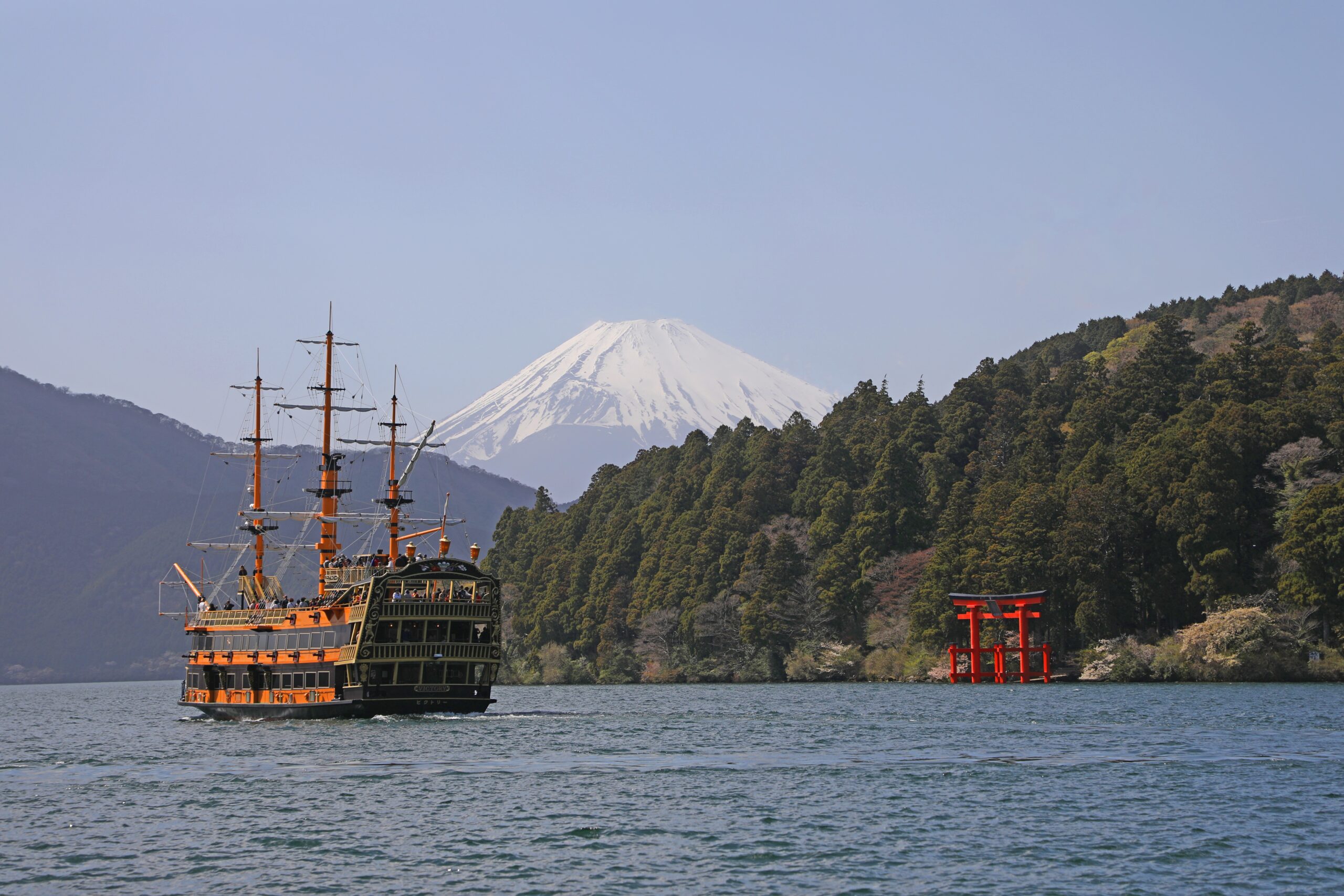
Hakone, a popular hot spring resort town, offers more than just relaxation. The town is set against the backdrop of Mount Fuji, providing breathtaking views. Hakone’s open-air museum blends art with nature, featuring sculptures amidst lush greenery. The town’s numerous hot springs, or onsens, are perfect for unwinding after a day of exploration. Hakone’s combination of natural beauty and cultural attractions makes it a top destination for travelers.
Ibusuki, Kagoshima
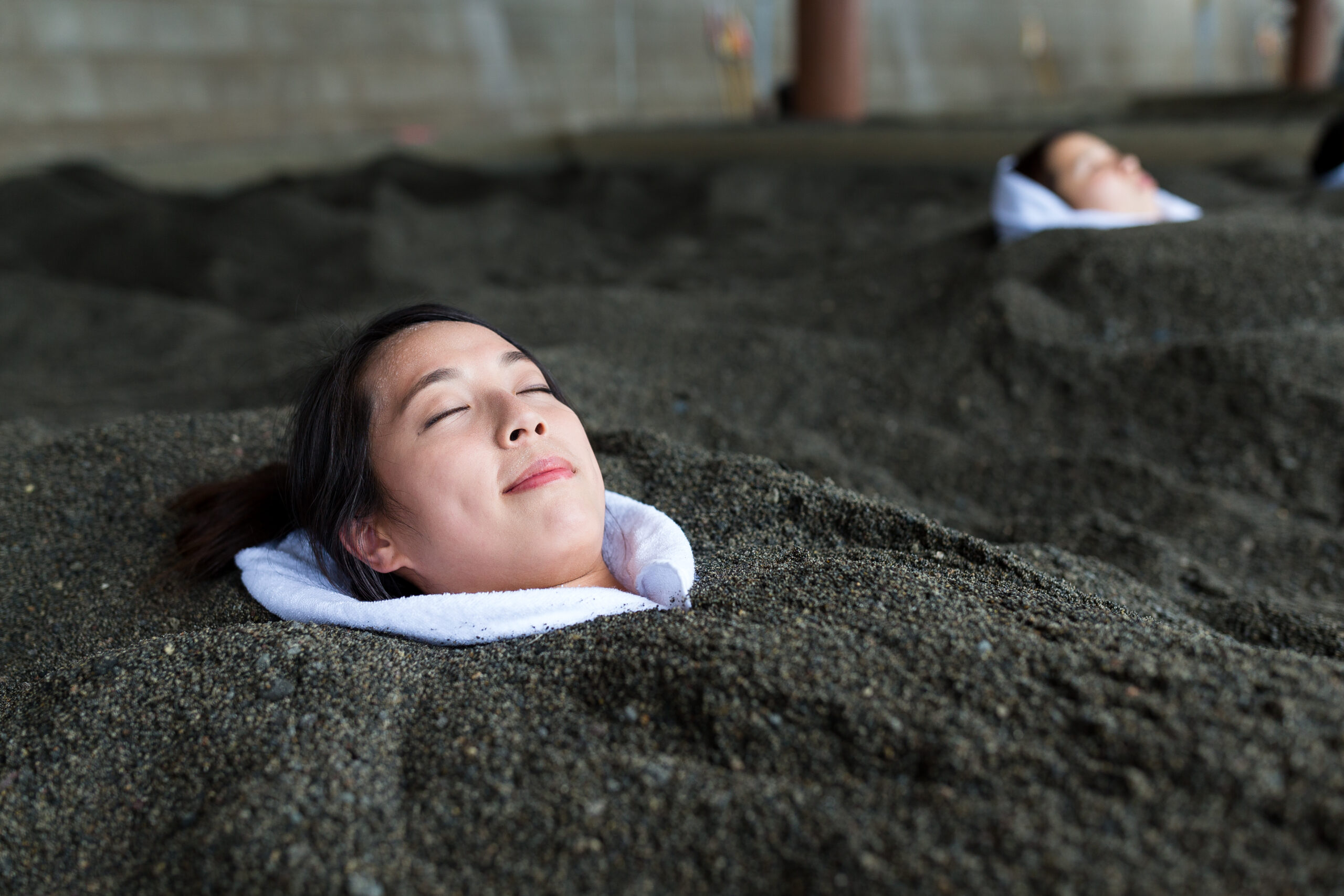
Ibusuki, located at the southern tip of Kyushu, is famous for its unique sand baths. The town’s hot springs heat the sand along the beach, creating a one-of-a-kind spa experience. Each bath is a blend of natural heat and volcanic minerals, offering therapeutic benefits. Ibusuki’s scenic location by the sea adds to its relaxing atmosphere. The town’s subtropical climate and natural beauty make it a year-round destination.
Otaru, Hokkaido
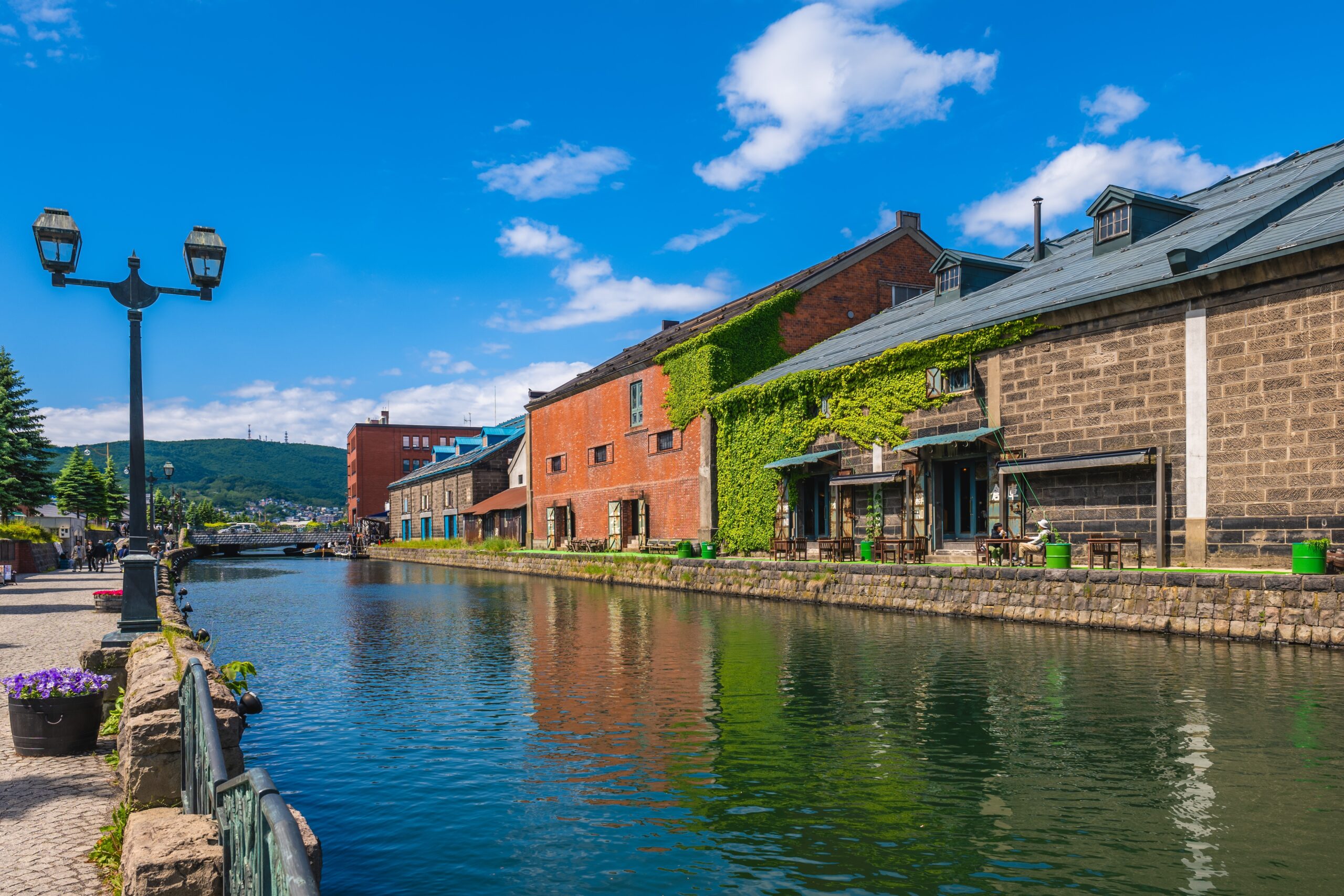
Otaru, a charming port town, is known for its well-preserved canal area. The town’s historic warehouses have been converted into shops, cafes, and museums, each with its own character. The cobblestone streets and old-fashioned gas lamps give Otaru a nostalgic feel. Otaru’s glassworks and music boxes are famous souvenirs, showcasing the town’s artisanal heritage. The town’s winter snow adds a magical touch to its already picturesque setting.
Wakayama, Wakayama
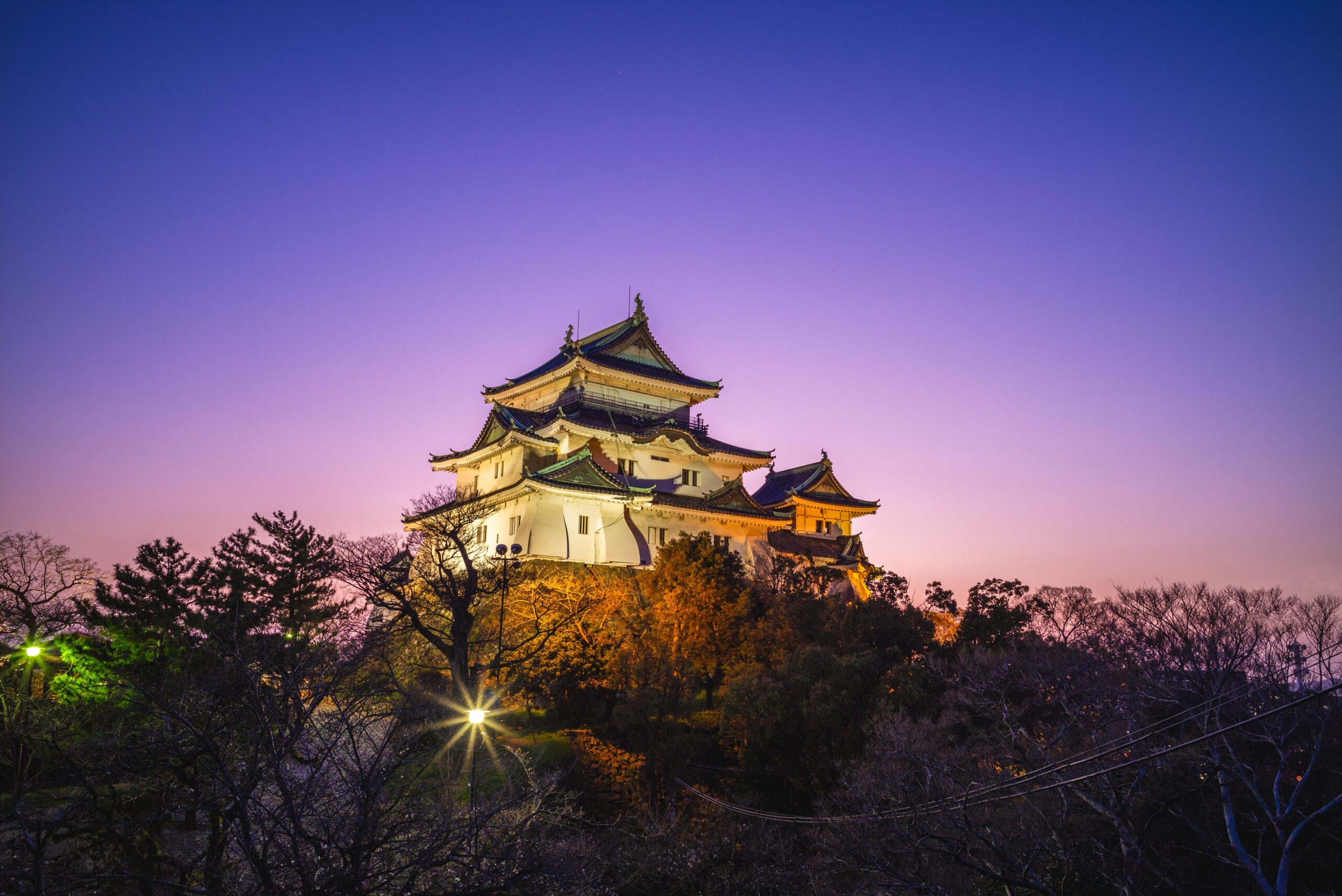
Wakayama, a coastal town, is known for its rich history and spiritual significance. The town is home to Wakayama Castle, a striking structure with panoramic views of the surrounding area. Each room in the castle offers a glimpse into Japan’s feudal past. Wakayama’s nearby Koyasan is one of Japan’s most sacred sites, attracting pilgrims from all over. The town’s blend of history, nature, and spirituality makes it a unique destination.
Hida, Gifu
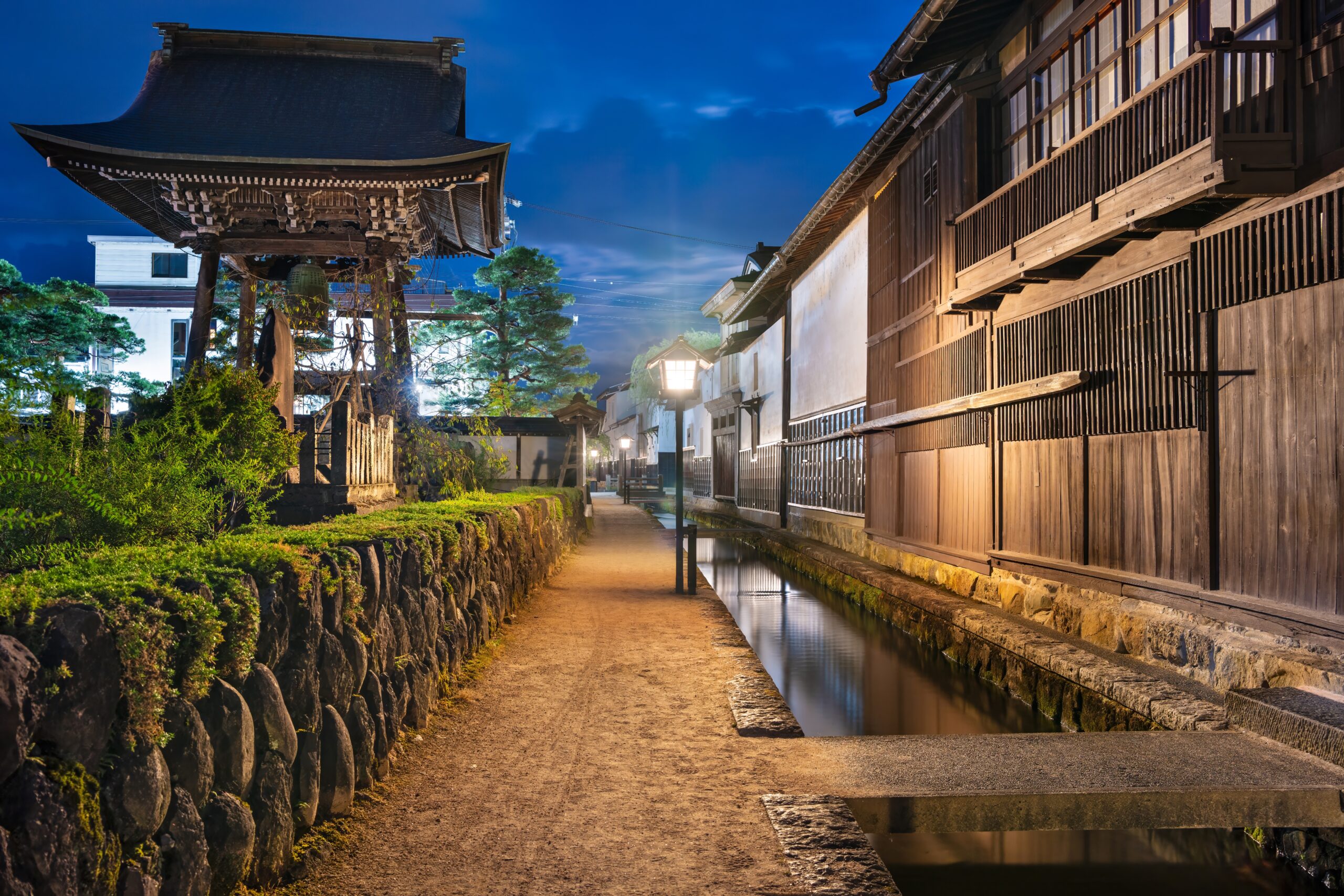
Hida, often overshadowed by nearby Takayama, is a hidden gem with rustic charm. The town’s traditional thatched-roof houses are set against a backdrop of lush mountains. Each house is a testament to the region’s architectural heritage and craftsmanship. Hida’s local cuisine, featuring Hida beef, is a culinary highlight. The town’s peaceful surroundings and authentic atmosphere offer a quiet escape from the more touristy areas.
Obuse, Nagano
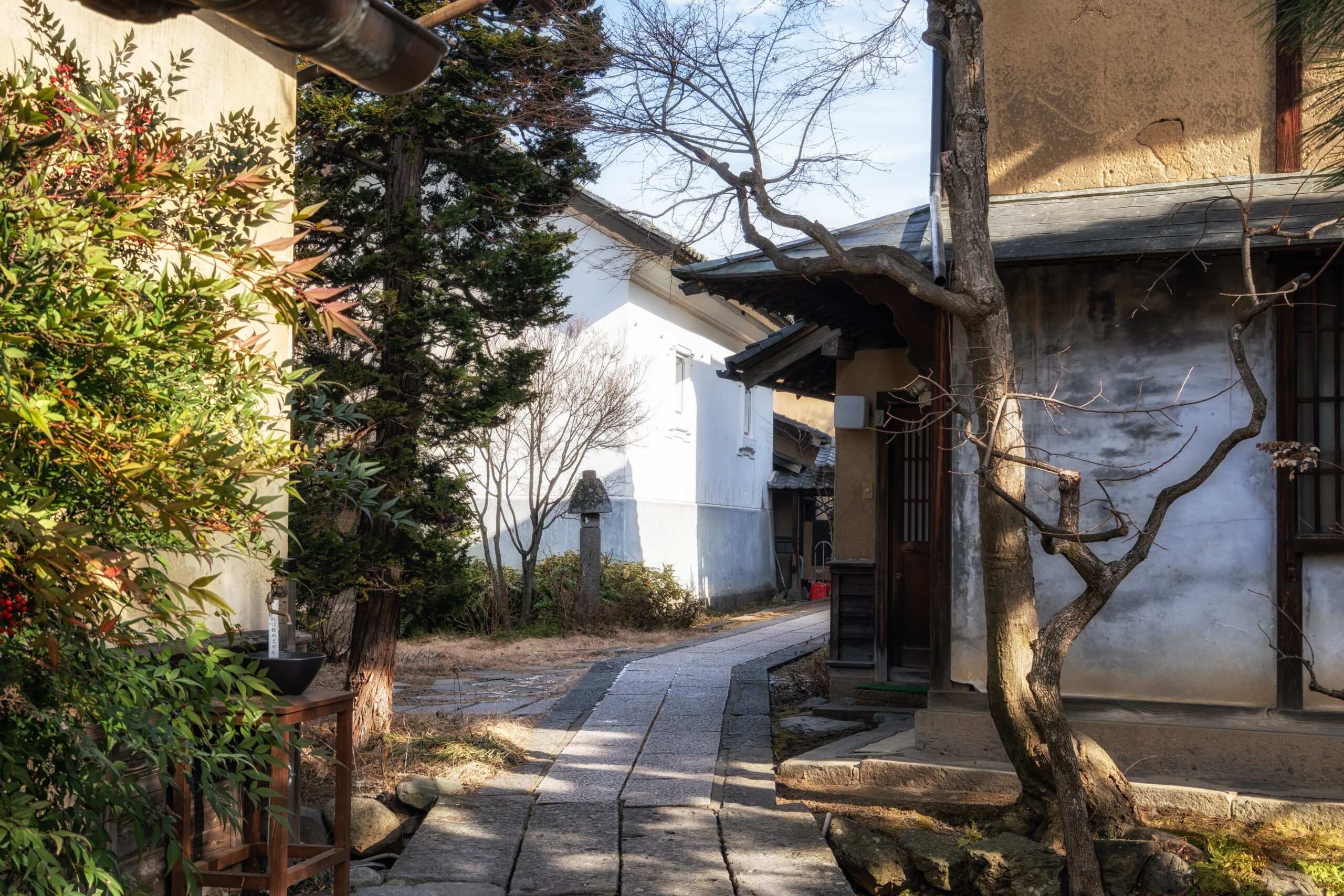
Obuse is a small town known for its chestnuts and cultural heritage. The town’s streets are lined with traditional buildings, each housing cafes, museums, and shops. Obuse’s Hokusai Museum, dedicated to the famous ukiyo-e artist, is a cultural treasure. The town’s annual chestnut festival celebrates its rich agricultural tradition. Obuse’s combination of history, art, and local flavors makes it a delightful destination for a day trip.
This article originally appeared on Rarest.org.
More from Rarest.org
1951 Roosevelt Dime Value Guide

The Roosevelt dime replaced the Mercury dime in 1946. The 1951 Roosevelt dime is just among the year series of its long mintage history. Read More.
13 Most Iconic Skyscrapers in the World

Skyscrapers are marvels of modern engineering and design, standing tall as symbols of human innovation and progress. Read More.
14 Unique Species of Arctic Animals
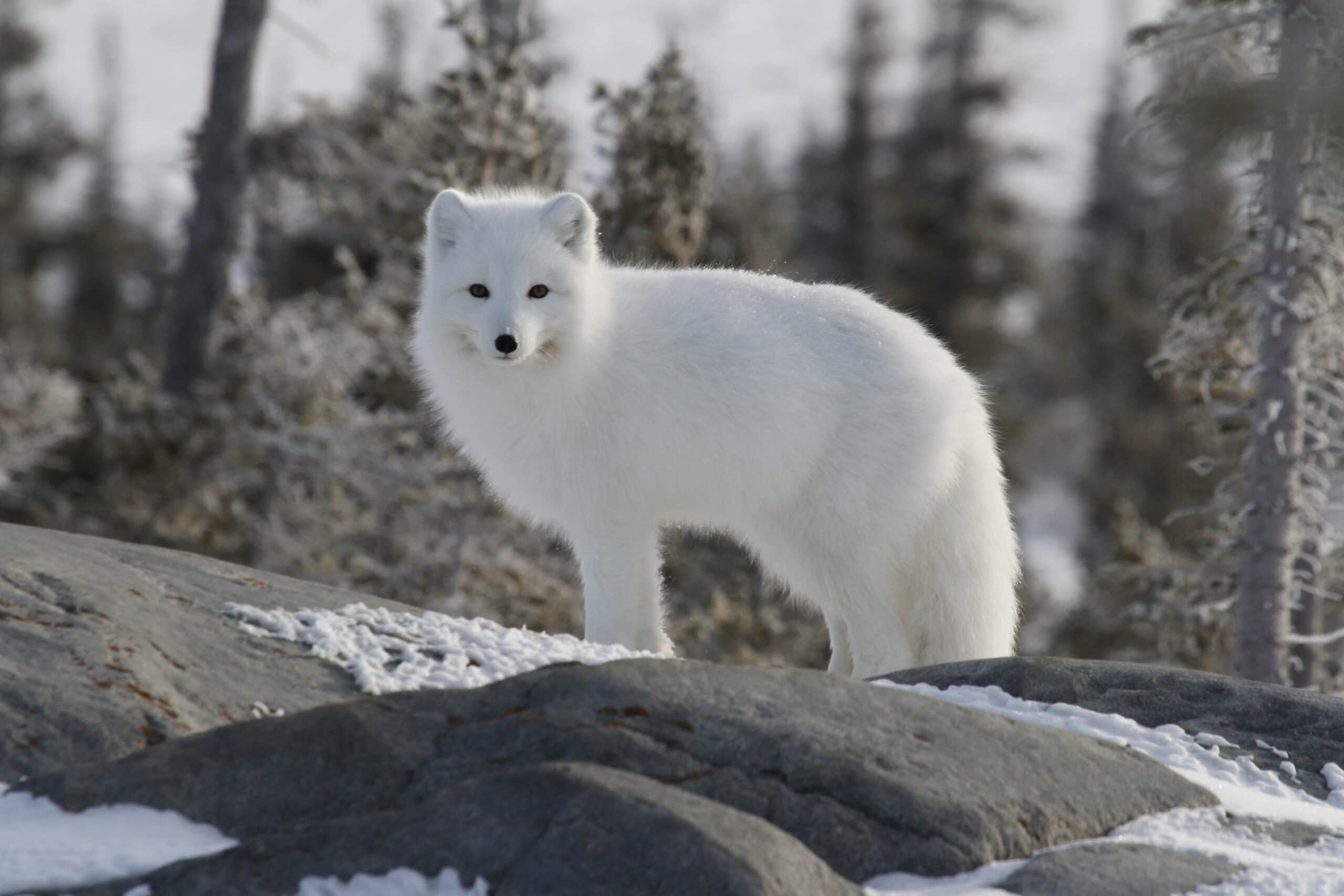
The Arctic is a unique and fascinating region, home to an incredible array of wildlife adapted to its extreme conditions. Read More.
